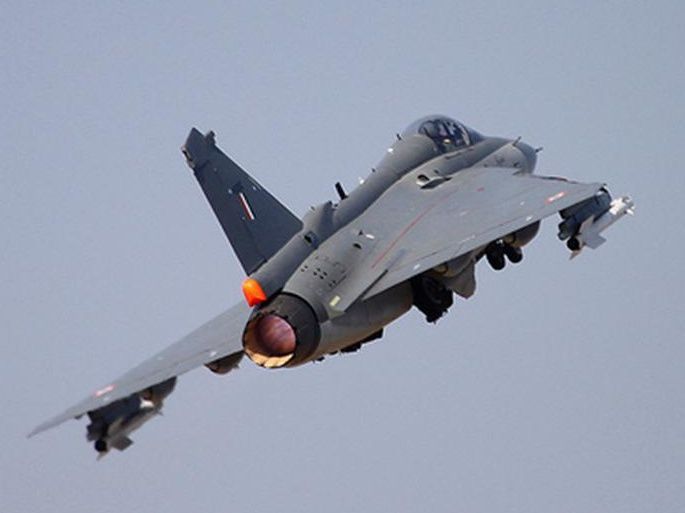December 2, 2015: Strategy Page
India’s locally designed and built LCA (Light Combat Aircraft or "Tejas") jet fighter has still not received its FOC (Final Operational Clearance), nearly two years after receiving its IOC (Initial Operational Certificate). That is one of many reasons the Indian Air Force is openly pleading with the government not to force them to accept and operate the LCA. The air force has already agreed to accept (and pay for out of their budget) twenty LCAs but is defiantly resisting government suggestions that another hundred LCAs be purchased. Air force commanders point out that the LCA development has been a long list of failures. Moreover the current LCA design is very expensive to maintain and performs poorly in the air.
The air force has ample reasons to fear the LCA. In late 2013 the LCA finally, after many delays, was issued an IOC. This allowed LCA to be flown by military pilots, not just certified test pilots. The next goal was to upgrade LCA a bit so that it could earn an FOC. That would confirm that the aircraft was combat ready and that all its systems (electronics, fire control, weapons handling and so on) were operating to the satisfaction of the air force or foreign customers. In late 2013 it was announced that the LCA should earn an FOC by the end of 2014. But to move things along in the meantime the first LCA squadron (20 aircraft) was be built to IOC standards with plans to upgrade to FOC standards later. This first LCA squadron was to be based in the southern tip of India (near Sri Lanka) and far from any likelihood of combat. It will be years, if ever, before India is confident enough in LCA to station any of them on the Pakistani or Chinese border.
In 2012 the government admitted an inability to get the LCA into mass production and quietly delayed that goal for at least two more years. Production was originally to begin at the end of 2012 but the number of technical problems with the LCA was too great to clear up in time for production to start on schedule. Many essential electronic items were not functioning properly or reliably. The prototypes were maintenance nightmares and after each test flight it took several days to get the aircraft in shape to fly again. The managers of this government financed project tried to keep the problems quiet while problems were quickly and quietly fixed. The bureaucrats failed at both these tasks. The failures continue because the plan to earn the FOC in 2015 was missed for the usual reasons (equipment failures and poor performance). The current date for getting the FOC is early 2016 but no one is certain about that, or anything else having to do the LCA.
This IOC/FOC mess was not the first major failure for the LCA. In early 2013 India admitted defeat and dropped plans to use the locally developed Kaveri engine in the LCA. After 24 years and over $600 million the Kaveri was unable to achieve the necessary performance or reliability goals. The government plans to try and adapt the Kaveri for use in a combat UAV that is being developed locally but that aircraft is not expected to fly until the end of the decade.
The LCA developers saw this Kaveri disaster coming in 2012 and several years earlier ordered 99 American F414 jet engines for $8.1 million each. These were to be used for the first LCAs being mass produced. At that point it was still believed that eventually most of the LCAs were to be powered by the Kaveri engine. The F414s were to substitute only until the Kaveri was ready but now are a long-term solution.
The failure of the Kaveri project is just one of many examples of how the Indian defense procurement bureaucracy misfires. Efforts to fix the mess even led to calling in foreign experts (from the U.S., Israel, and other Western nations). For example, in 2010 India made arrangements with French engine manufacturer Snecma to provide technical assistance for the Kaveri design and manufacturing problems. Critics in the Indian air force asserted that help from Snecma would not save the ill-fated Kaveri program. But the government apparently believed that it was necessary for India to acquire the ability to design and build world class jet engines, whatever the cost. Only a few nations can do this and India wants to be one of them, soon, no matter what obstacles are encountered. Despite decades of effort, the Kaveri never quite made it to mass production. Now the government will continue funding development of jet engine design and manufacturing capability, but with some unspecified changes.
There is much to be learned from all these development disasters. When work began on the Kaveri, in the mid-1980s, it was believed that the LCA would be ready for flight testing by 1990. A long list of technical delays put off that first flight until 2001. Corners had to be cut to make this happen, for the LCA was originally designed to use the Indian built Kaveri engine and the engine was never ready.
For all this, by 2012 India only planned to buy 200-300 LCAs, mainly to replace its aging MiG-21s, plus more if the navy finds the LCA works on carriers. Now those plans have been cut to 120 for the air force as the navy has made it clear it wants nothing to do with LCA. Export prospects are dim, given all the competition out there (especially for cheap, second-hand F-16s). The delays have led the air force to look around for a hundred or so new aircraft (or even used F-16s) to fill the gap between elderly MiG-21s falling apart and the arrival of the new LCAs. There is no end in sight for this tragicomic farce.
commenter cet article …













